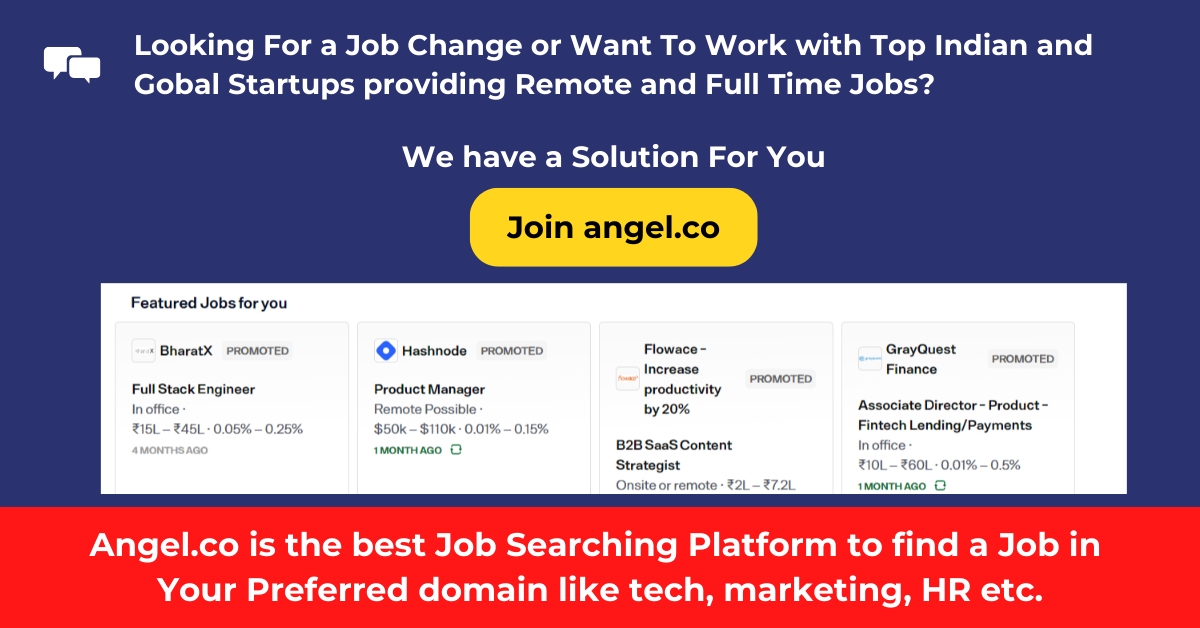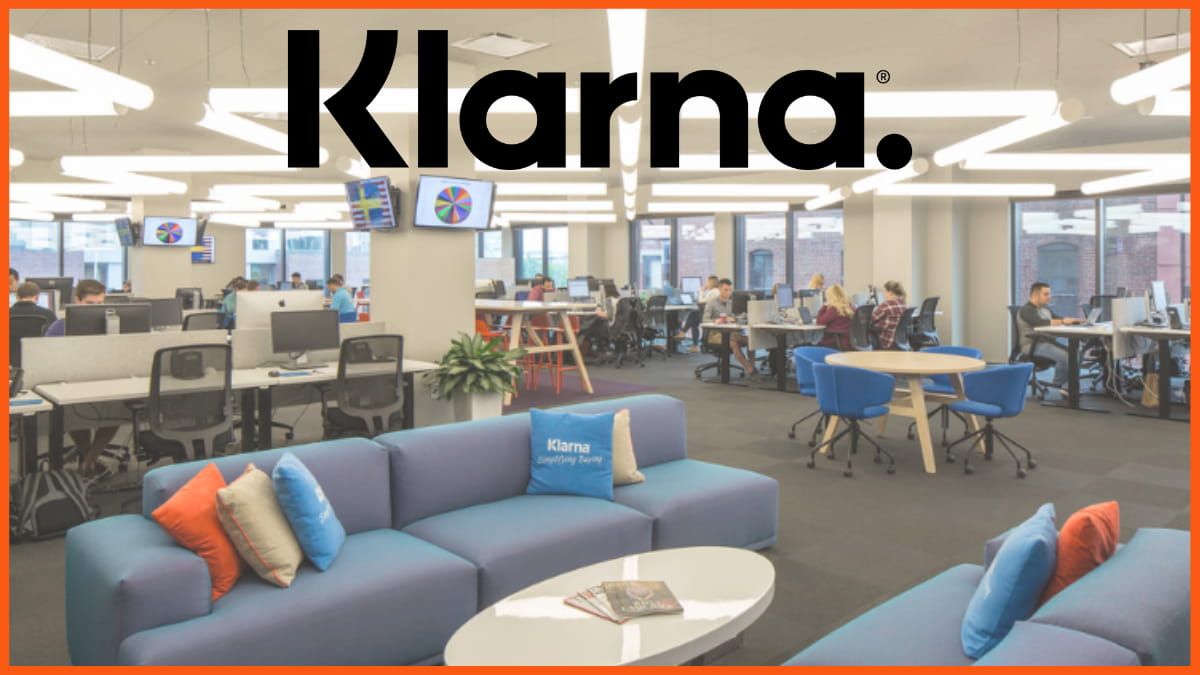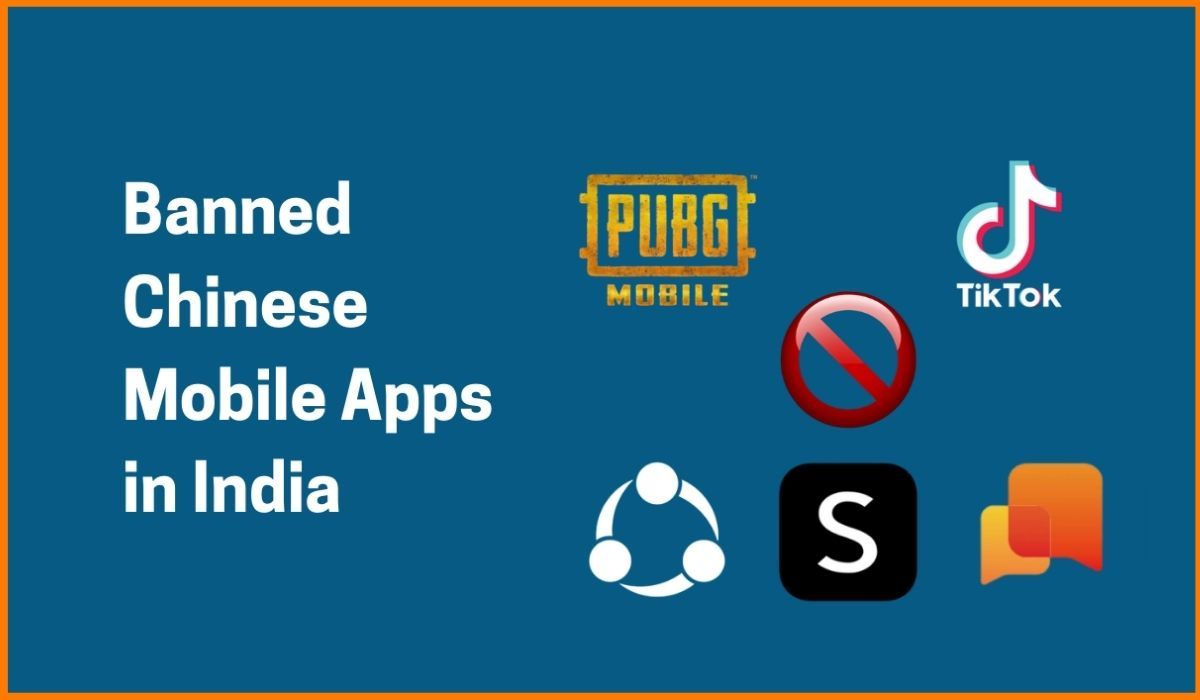With the launch of ChatGPT in November 2022, the focus on generative AI has increased. If there’s a talk about Generative AI around you, you might notice OpenAI or one of its products, say ChatGPT, being mentioned. Generative AI is a type of artificial intelligence that focuses on generating new data that is similar to existing data. This is typically done using deep learning algorithms such as generative adversarial networks (GANs) or variational autoencoders (VAEs).
I’m quite impressed by what generative AI has achieved so far, especially in generating high-quality images, videos, audio clips, and natural language text.
Multi-billion dollar business [processes] are being rewritten thanks to generative AI, says Shobhit Varshney, IBM Consulting.
The ability of generative AI models to learn complex patterns and relationships between inputs and outputs makes it possible to produce diverse and highly accurate outputs that can be used in various fields including entertainment, education, advertising, marketing, finance, healthcare, and scientific research, to name a few.
Generative AI models have achieved what was considered impossible five-six years ago. Creative labor which was once under the realm of humans, has been surpassed by machines. Machines can now create things entirely new – write code, poetry, and stories, design 3D products, and create images and videos with little to no human help. It is a rapidly evolving domain that has many potential applications and benefits for various industries and sectors. It is also a challenging and complex field that requires a lot of research and development.
The impact of generative AI on our day-to-day life can be summed up by this response given by an employee at OpenAI answering the question “What would your life look like if we didn’t have OpenAI?”, ‘I wouldn’t know how to code’ (was the answer).
This person might have studied computer science at school for instance but that’s not the point we are trying to make. Generative AI tools like ChatGPT can provide help with complex tasks at hand.
However, there are concerns surrounding privacy, safety, fairness, bias, explainability, interpretability, accountability, and security when deploying generative AI systems.
Generative AI has the potential to significantly transform our lives in numerous ways (good and bad). For example, generative AI algorithms can generate synthetic information from input data, creating realistic fake news reports, social media posts, deep fake videos, manufactured terrorist evidence, artificial radioactivity levels & nuclear reactor core temperature readouts influencing geopolitical decisions. By processing huge amounts of data, some call it “artificial general intelligence,” enabling them to handle problems as humans do.
More worrisome is, “Hyperrealism in video manipulation” i.e., video manipulation with the use of technology to create videos that are so realistic that they are indistinguishable from real life. People should be worried.
As deep fakes advance, people might eventually reach a point where they’re unable to discern whether certain types of information were generated by machines, resulting in misinformation spread more effectively, intensifying polarization trends previously magnified by filter bubbles’ reinforcement during post-truth era Facebook pivot to messaging monopoly (which is also a worrying trend). It is therefore essential to continue researching these issues to help balance the benefits of generative AI against potential risks and ensure their responsible use.
Overall, generative AI shows great promise and holds significant potential, opening doors to new possibilities in many industries and disciplines.
Let’s look at this list of the top 10 Generative AI companies dedicated to the research and development of Artificial Intelligence and Deep Learning:
OpenAI
DeepMind
IBM Watson and Watsonx
Alphabet (Google)
Salesforce
Microsoft
Adobe
Intel
Writesonic
NVIDIA
OpenAI
| Company | OpenAI |
|---|---|
| Founders | Elon Musk, Sam Altman, Ilya Sutskever, Greg Brockman, Wojciech Zaremba, and John Schulman |
| Founded | December 11, 2015 |
| Headquarters | San Francisco, United States |

OpenAI is renowned for its work on generative language models and is quite popular with its overnight hit ChatGPT AI chatbot which amassed 1 million users within 5 days of its launch. Its GPT (Generative Pre-trained Transformer) series, including GPT-3 and GPT-4, has gained attention for its ability to generate human-like text and engage in natural language conversations. Before ChatGPT, OpenAI developed InstructGPT which became the basis of ChatGPT, a chatbot model, capable of taking user instructions that were absent in its GPT models.
OpenAI’s models have been utilized for various applications, including content generation, language translation, chatbots, and its DALL-E project focuses on generating images from textual descriptions, allowing users to create unique and imaginative visual content which is also a great success.
In 2023, OpenAI launched its latest product, the ChatGPT Plus, based on its GPT-4 LLM. However, it is not free for all users and you need to buy a $20/month subscription.
DeepMind
| Company | Google DeepMind |
|---|---|
| Founders | Demis Hassabis, Shane Legg, and Mustafa Suleyman |
| Founded | September 23, 2010 |
| Headquarters | London, England |

DeepMind is a British artificial intelligence company that was acquired by Google in 2014 and its generative AI research spans various domains, including reinforcement learning, robotics, and healthcare. It has developed novel generative models and algorithms, such as the Deep Q-Network (DQN) for game playing and the Generative Query Network (GQN) for scene representation and generation. It aims to develop generative models capable of producing more complex and flexible outputs.
IBM Watson and Watsonx
| Company | IBM |
|---|---|
| Founders | Charles Ranlett Flint and Thomas Watson Sr |
| Founded | June 16, 1911 |
| Headquarters | Armonk, New York, U.S. |

IBM has also been working on generative AI for many years, and they have made several significant achievements. Watsonx is their upcoming ‘enterprise-ready AI and data platform’ designed to multiply the impact of AI across your business. But IBM has been dedicated to AI and cloud computing for decades now.
In 2014, IBM released Watson AI, a platform for building and deploying AI models. It combines generative AI techniques with natural language processing (NLP) and machine learning to provide advanced cognitive solutions for businesses across multiple industries and has been widely adopted across industries, including healthcare, finance, and customer service. Watson AI encompasses a suite of cognitive computing technologies and services that can derive insights from large amounts of structured and unstructured data.
Later in 2017, IBM released Watson Assistant, a chatbot platform that can be used to create conversational AI experiences. WA is very popular and it is being used to provide customer service across the world. It was followed by the release of Watson Discovery in 2019, a platform for finding insights into data.
Alphabet (Google)
| Company | Alphabet |
|---|---|
| Founders | Larry Page and Sergey Brin |
| Founded | October 2, 2015 |
| Headquarters | Googleplex, Mountain View, California, U.S. |

Alphabet has several generative AI technologies, including Google Brain and Google Translate. Google Brain is a research project that is focused on developing new AI technologies Translate can be used to translate text from one language to another. It uses a variety of AI technologies, including NMT, to provide accurate and reliable translations.
Google Brain’s Generative Adversarial Networks (GANs) are a type of machine learning algorithm that can be used to generate realistic images, text, and other types of data. It also developed Transformers, a type of neural network that can be used for natural language processing tasks, such as machine translation and text summarization.
Alphabet also developed NMT which uses neural networks to translate text from one language to another. Alphabet is best for scalability, and offers generative AI support in its cloud platform Vertex AI, as well as a generative AI app builder and generative AI features in its Workspace suite.
In 2023, Google launched its generative AI chatbot Bard which it still calls an experiment. Bard AI can, like ChatGPT, can generate text, and creative content and provide information in a human-like text. You can access BardAI on its official website by login into your Google account.

Salesforce
| Company | Salesforce |
|---|---|
| Founders | Marc Benioff, Parker Harris, Dave Moellenhoff, and Frank Dominguez |
| Founded | February 3, 1999 |
| Headquarters | Salesforce Tower, San Francisco, California, U.S. |

Salesforce is a leading customer relationship management (CRM) platform that integrates generative AI algorithms into its CRM platform to enhance customer engagement and personalization. Through machine learning and natural language understanding, Salesforce’s generative capabilities enable features like automated email response generation, chatbot interactions, and predictive analytics to improve the overall customer experience.
The integration of AI into Salesforce’s CRM platform provides customers with an enhanced level of service that would be impossible without this technology. Automated emails can respond quickly to inquiries while chatbots provide more personalized responses in real-time than could ever be achieved by manual processes alone. Predictive analytics allows for better segmentation of customers based on their needs or behaviors which leads to improved targeting strategies for marketing campaigns as well as other initiatives such as product recommendations or upsell opportunities tailored specifically for each user.
Microsoft
| Company | Microsoft |
|---|---|
| Founders | Bill Gates and Paul Allen |
| Founded | April 4, 1975 |
| Headquarters | One Microsoft Way Redmond, Washington, U.S. |

Microsoft has been at the forefront of generative AI development for many years, and they have made several significant achievements. In 2017, Microsoft released Azure Machine Learning, a cloud-based platform that enables users to build and deploy their machine learning models. It is now one of the most popular platforms in the world and is used by many companies developing generative AI solutions. Additionally, Microsoft developed Power BI as an enterprise intelligence tool to help businesses analyze data more effectively and generate reports automatically.
More recently in 2020, Microsoft partnered with OpenAI to release GPT-3 which has facilitated numerous applications such as chatbots or content generators for creative writing tools among others. This powerful language model can be trained on large datasets quickly so that it can produce better results than traditional methods like natural language processing (NLP). GPT-3’s ability to understand context makes it able to create highly personalized experiences based on user input without requiring complex programming knowledge from developers building applications using this technology.
In February 2023, Microsoft launched Bing AI and the New Edge browser that uses OpenAI’s GPT-4 language model to access the web and generate responses. The Bing Chat (Bing AI), can be accessed on the Microsoft Edge browser, however, it is not yet available to everyone.

Adobe
| Company | Adobe |
|---|---|
| Founders | John Warnock and Charles Geschke |
| Founded | December 1982 |
| Headquarters | San Jose, California, U.S |

You might already be familiar with Adobe and even used some of their products like Adobe Photoshop, Acrobat, Premier Pro, etc.
When it comes to generative AI, Adobe leverages generative AI within its creative software suite to empower artists and designers. Their generative tools allow users to generate, manipulate, and enhance images, videos, and designs using AI-powered algorithms. This includes features like content-aware fill, intelligent upscaling, and automatic image editing suggestions.
Intel
| Company | Intel |
|---|---|
| Founders | Gordon Moore and Robert Noyce |
| Founded | July 18, 1968 |
| Headquarters | Santa Clara, California, U.S. |

Intel is well-positioned to lead the way in the development and adoption of generative AI and also working on several other generative AI technologies including the Nervana Neural Network Processor (NNPP), which is a custom-designed processor for deep learning applications. It is designed to accelerate the training and inference of neural networks, making it ideal for generative AI applications. It also developed OpenVINO Toolkit, a software development kit that makes it easy to develop and deploy deep learning applications on Intel hardware. While Nervana provides specialized hardware and software optimizations for efficient training and inference of generative models, OpenVINO offers a unified toolkit for optimizing and deploying these models across diverse Intel hardware platforms.
Intel has an AI-dedicated arm namely Intel AI Lab, which is a research lab that is focused on developing new generative AI technologies. The Intel AI Lab has developed several generative AI technologies that include Generative Adversarial Networks (GANs, Transformers, and Neural Machine Translation (NMT). The research output from Intel Labs contributes to Intel’s product roadmap and strategy, influencing the development of future Intel processors, platforms, and technologies. Intel is committed to making generative AI accessible to everyone.
Writesonic
| Company | Writesonic |
|---|---|
| Founder | Samanyou Garg |
| Founded | October 2020 |
| Headquarters | San Francisco, California, United States |

Writesonic is a company that develops AI writing tools. The company was founded in 2021, headquartered in Austin, Texas. It offers a variety of AI writing tools, including Jasper AI, a large language model that can produce text, translate languages, write a diverse set of creative content, and answer questions in an informative, essay kinda way when prompted.
It is a rapidly growing company. In 2022, the company raised $125 million in a Series A funding round led by Insight Partners.
In the AI writing space, the company’s tools are used by businesses and individuals around the world to create high-quality copy, headlines, slogans, captions, and other content faster.
NVIDIA
| Company | NVIDIA |
|---|---|
| Founders | Jen-Hsun Huang, Curtis Priem, and Christopher Malachowsky |
| Founded | April 5, 1993 |
| Headquarters | Santa Clara, California, U.S. |

NVIDIA is a leading manufacturer of graphics processing units (GPUs) and has made significant contributions to generative AI, particularly through its work on generative adversarial networks (GANs). GANs are composed of two neural networks: a generator network and a discriminator network that compete with each other during training. NVIDIA’s research in this area has resulted in advancements such as image synthesis, style transfer, super-resolution, etc.
Furthermore, NVIDIA’s Megatron-Turing NLG is an LLM that can generate text from large datasets of code or text; it can also be used for language translation or creative writing tasks. Additionally, they have developed Jarvis – an AI conversational chatbot powered by Megatron-Turing NLG which enables natural conversations between humans and machines. This technology could be applied to many areas such as customer service support or education where communication between people would benefit from the use of natural language processing tools like those provided by NVIDIA’s products.
Generative AI Is About To Reset Everything, And, Yes It Will Change Your Life | Forbes
Conclusion
The advances in generative AI have enabled them to develop powerful tools that facilitate human interaction with computers using natural language processing techniques.
Overall, these advancements from the above-mentioned companies demonstrate how far generative artificial intelligence technology has come since its inception, and how much potential there remains within this field going forward. Please note that the generative AI landscape is rapidly evolving, and new companies might emerge or gain prominence over the next few months or years. This list of companies is not exhaustive and based upon personal research into their products and research work toward the development of AI and deep learning.
FAQs
What is generative AI?
Generative AI is a type of artificial intelligence that focuses on generating new data that is similar to existing data. This is typically done using deep learning algorithms such as generative adversarial networks (GANs) or variational autoencoders (VAEs).
What is the latest product launched by OpenAI?
In 2023, OpenAI launched its latest product, the ChatGPT Plus, based on its GPT-4 LLM.
What is the latest generative AI Chatbot of Google?
In 2023, Google launched its generative AI chatbot Bard which it still calls an experiment.
What does Writesonic do?
Writesonic is a company that develops AI writing tools. It offers a variety of AI writing tools, including Jasper AI, a large language model that can produce text, translate languages, write a diverse set of creative content, and answer questions in an informative, essay kind of way when prompted.




































































































